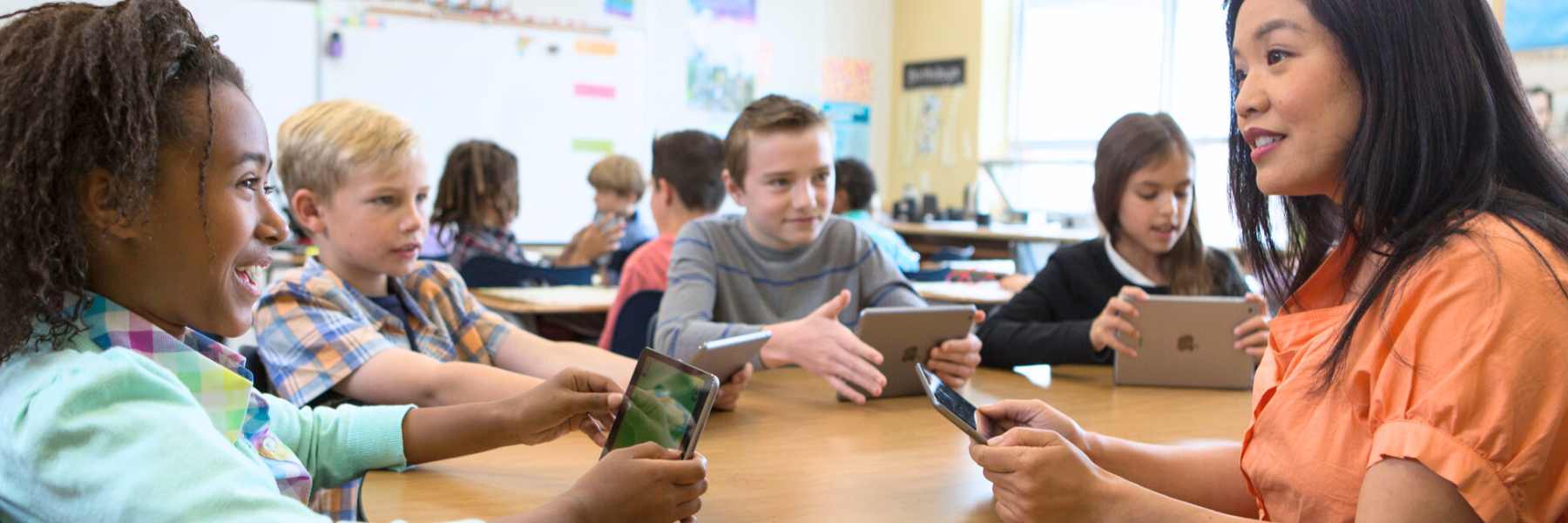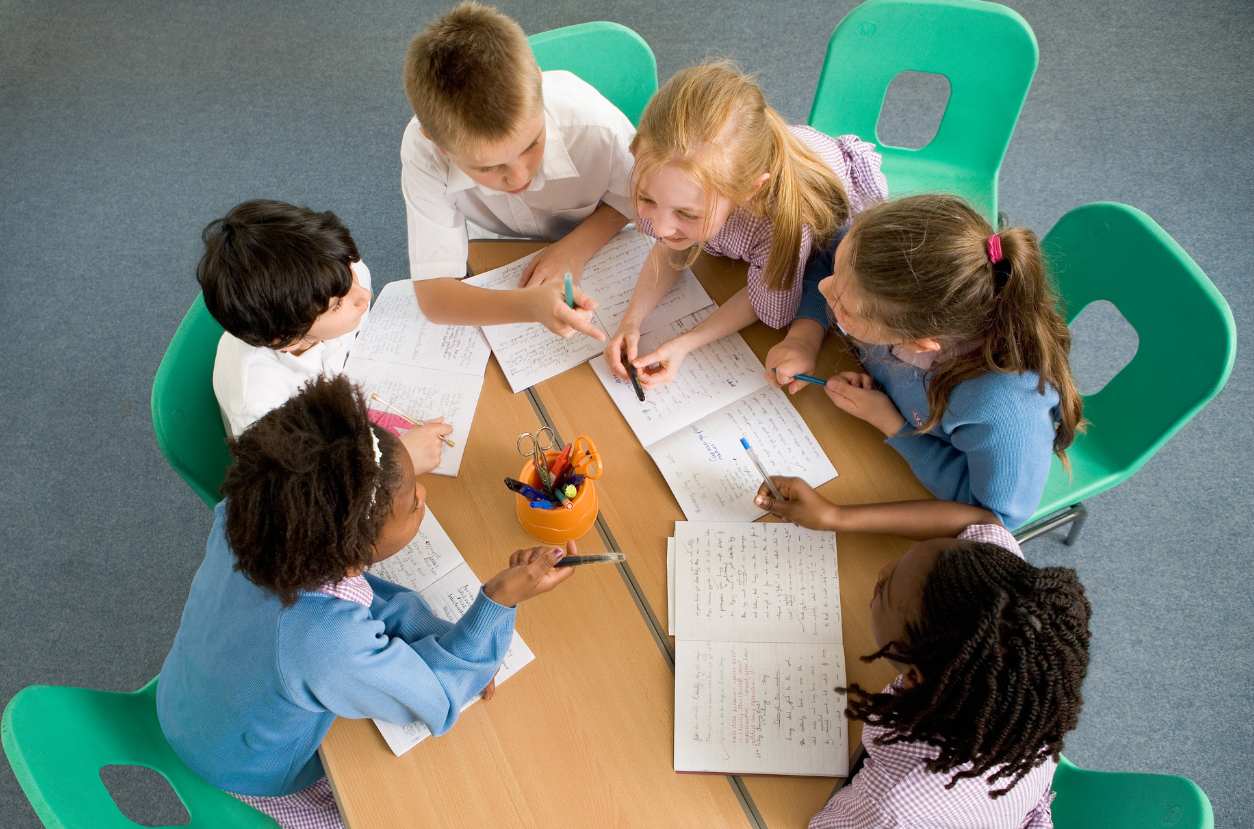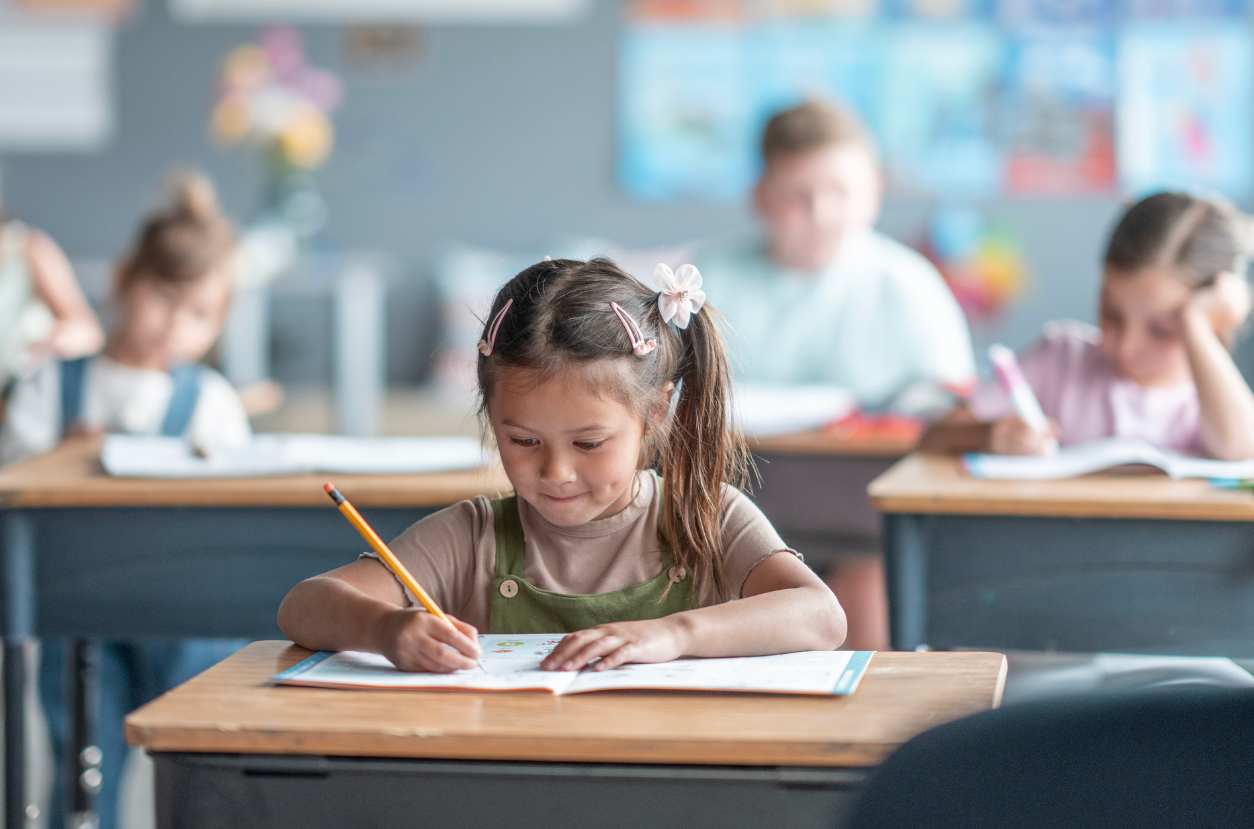
Bringing “I Do, We Do, You Do” to Life in Social Studies
If you’ve ever taught social studies to elementary students, you know the challenge: it’s not just about memorizing facts and dates in history. It’s about helping kids connect to concepts that shape how they see their world.
One of the most effective strategies to make those connections stick is the Gradual Release Model: “I Do, We Do, You Do.”
What is The Gradual Release Model (“I Do, We Do, You Do”)?
The Gradual Release Model moves students from watching and listening to participating with guidance, and finally, to confidently working on their own. It works beautifully in social studies!
Here are some concrete examples of how you can use the Gradual Release Model in your classroom:

1. Civics Lesson – Understanding Rules & Laws
Goal: Help students see the purpose behind rules.
I Do: Read a short story or article about keeping the rules. Model thinking aloud: “Rules help keep us safe and make sure everyone is treated fairly.”
We Do: Brainstorm classroom or school rules together and add the purpose for each one.
You Do: In pairs, have students create a new classroom rule and explain why it’s important.
2. Geography – Reading a Map
Goal: Teach students to use a map key or legend.
I Do: Show a map of the school and model finding a location using the key.
We Do: Locate the playground and library together, tracing routes with your finger.
You Do: Have students use their own maps to find the front office and draw a route from the classroom.
3. History – Building Timelines
Goal: Teach the sequencing of events.
I Do: Create a simple personal timeline (birth, first day of kindergarten, learning to ride a bike) and explain left-to-right sequencing.
We Do: Work together to build a timeline of the school year’s big events so far.
You Do: Have students make a timeline of events from a history unit, such as the American Revolution, using cards or drawings.
4. Economics – Needs vs. Wants
Goal: Help students distinguish between essential needs and nice-to-have wants.
I Do: Show a loaf of bread and explain that food is a need because we can’t live without it.
We Do: Display other images and have students signal “need” or “want” with a hand gesture.
You Do: Have students sort picture cards into “needs” and “wants” in small groups.

5. Culture – Exploring Music Around the World
Goal: Learn how music is an important part of culture and how it varies across places.
I Do: Play a short clip of African drumming (djembe) and show a photo of the instrument. Model filling in a chart with categories like Instrument, Sound, When Played, and Cultural Importance.
Example: Djembe → drum → strong beat → played at celebrations → brings people together.
We Do: Together, listen to or read about mariachi music from Mexico. As a class, fill in the chart and compare it with African drumming.
You Do: Have students choose one traditional instrument. They can show or draw a picture, share a brief description or audio clip, and complete their own music tradition chart. These can be shared with a partner or presented to the class.
Why The Gradual Release Model Works
The magic of “I Do, We Do, You Do” is that it draws students in and keeps them actively involved.
Students first get a clear model, then they get to try it with support, and finally they get the independence to apply their learning. In social studies, this approach can help transform abstract concepts into real-world understanding.
By breaking lessons into these three steps, you’re not just delivering content, you’re building skills, confidence, and ownership of learning!
Warmly,
Debbie
 Debbie Bagley works as a Studies Weekly Teacher Advocate. Teacher Advocates are former teachers who help teachers like you implement Studies Weekly materials into their instruction. Teacher Advocates are available to provide support through email, phone call, and video chat. Teacher Advocates are only available for classroom teachers currently using Studies Weekly materials. They are not available for homeschools.
Debbie Bagley works as a Studies Weekly Teacher Advocate. Teacher Advocates are former teachers who help teachers like you implement Studies Weekly materials into their instruction. Teacher Advocates are available to provide support through email, phone call, and video chat. Teacher Advocates are only available for classroom teachers currently using Studies Weekly materials. They are not available for homeschools.